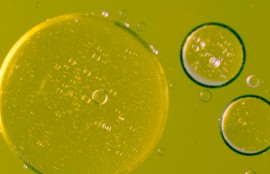lube oil analysis parameters
At this point it is necessary to top-off or change the oil. Acid number testing is performed on non-crankcase oils, while base number testing is for over-based crankcase oils. Standard alarm limits will be set by the oil analysis laboratory. What is Oil Analysis Oil analysis is the sampling and laboratory analysis of a lubricant's properties, suspended contaminants, and wear debris.
To better understand your lab’s capabilities, open an honest dialogue with them and ask about their core competencies. Verify elemental wear data and compare to reference and trended data. Be upfront about the type of testing you would like performed. There is another rule which is commonly applied: when the ascending value of the AN and descending value of the BN cross. Several methods are used to measure viscosity, which is reported in terms of kinematic or absolute viscosity. for Used Oil Analysis. Along with the trend data, graphs should show typical averages, warning (marginal) limits and alarm (critical) limits.
{{ data.meta.length_formatted }}
The “physical tests” section of a report offers details on viscosity at both 40 degrees C and 100 degrees C, along with the viscosity index and percentage of water. This test reports results in parts per million (ppm), although data is often shown in percentages. The last section of the oil analysis report generally provides written results for each of the final few test samples along with recommendations for required actions. 

